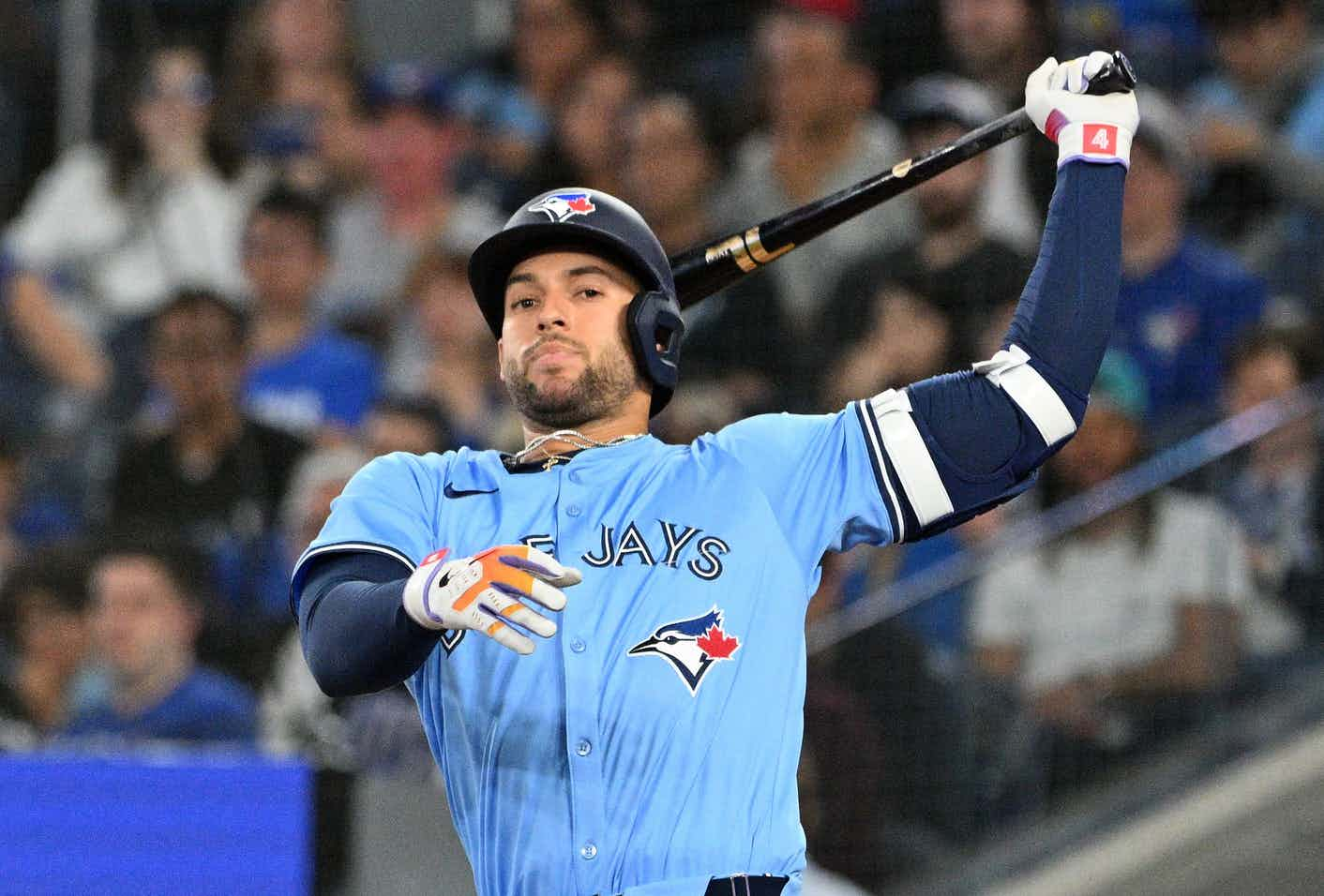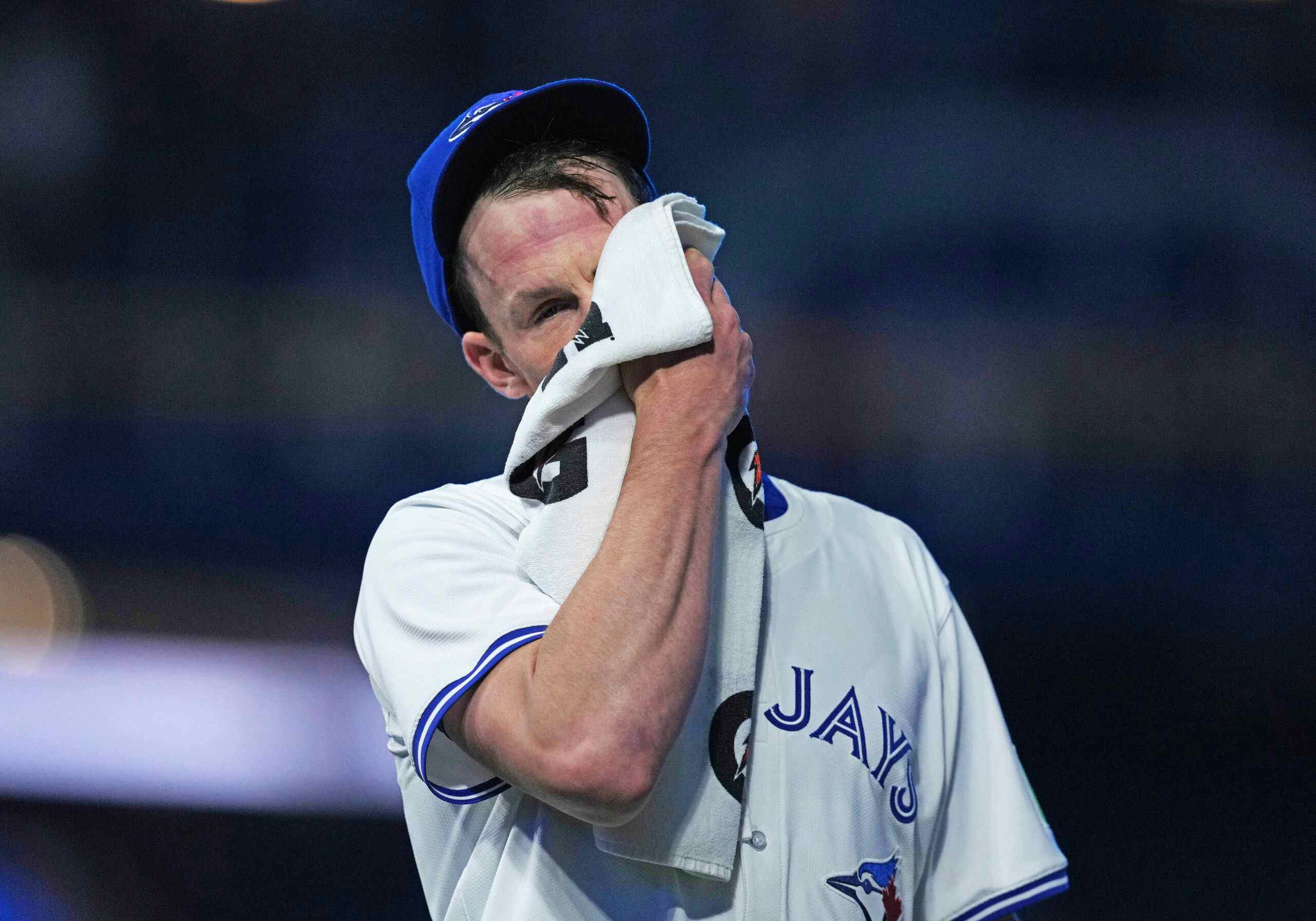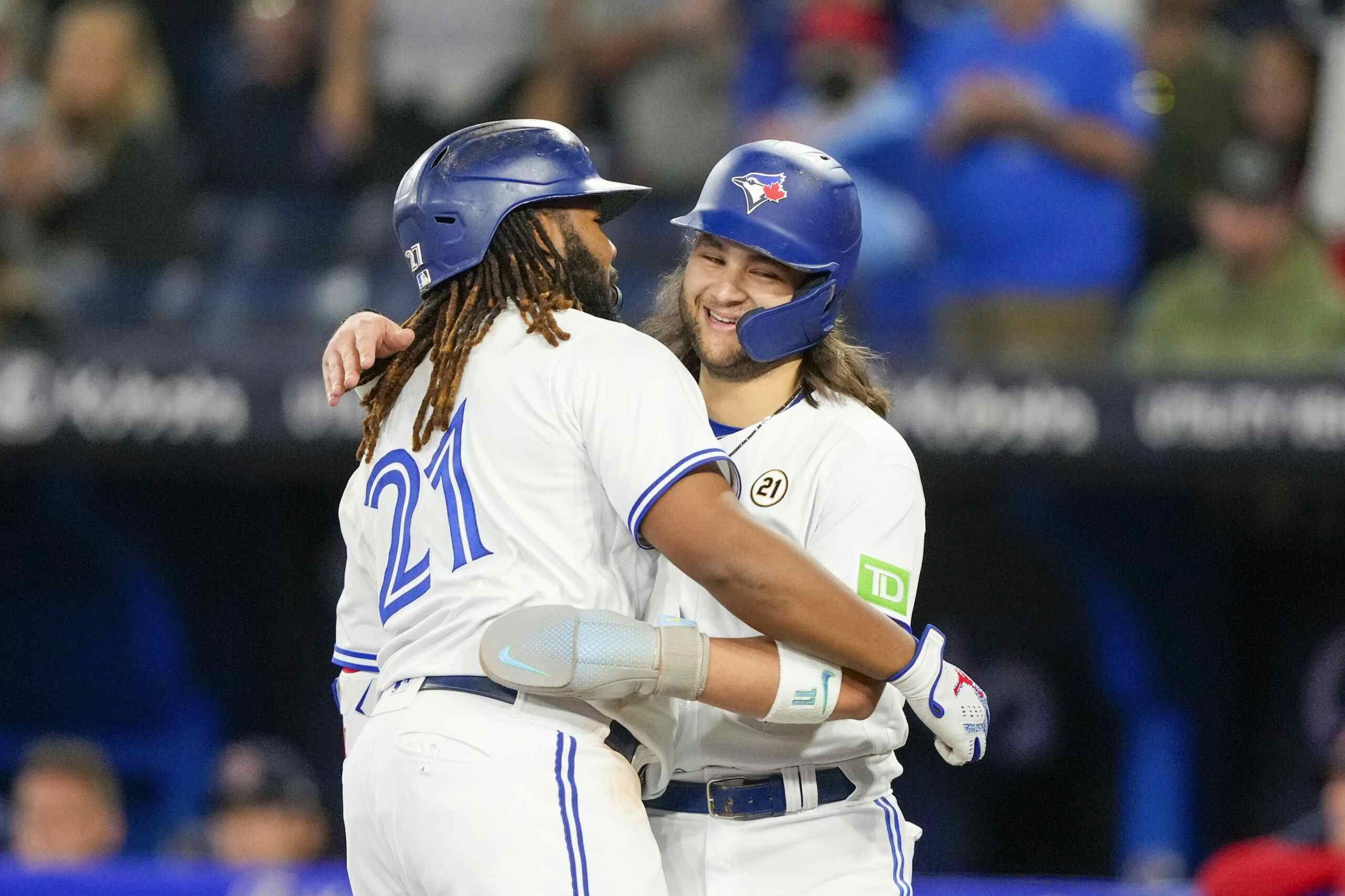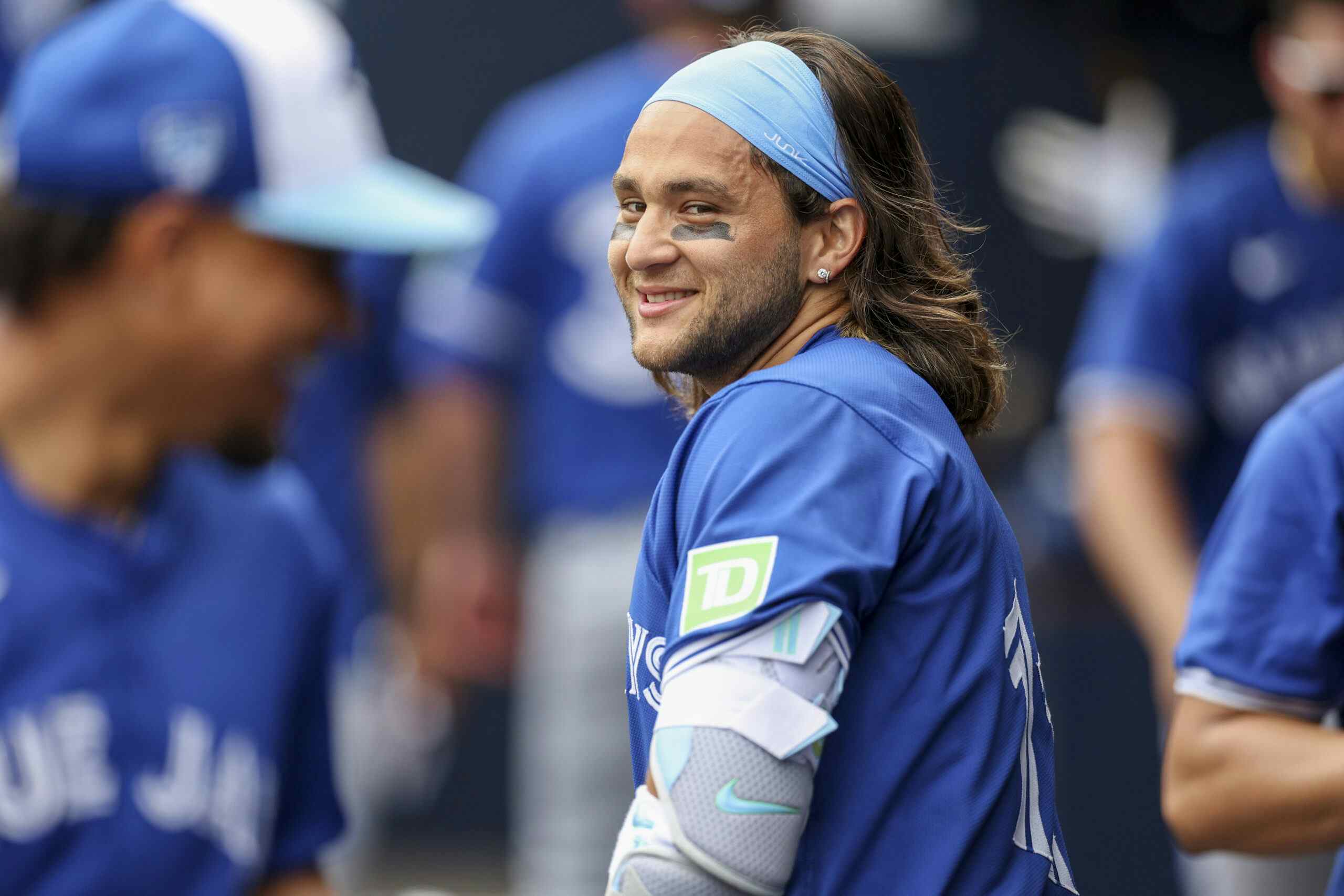Exploring third base options this winter, the Blue Jays should avoid Kyle Seager

By Thomas Hall
2 years agoAs the Toronto Blue Jays attempt to improve their roster this off-season, the front office is expected to be searching for an upgrade at the third base position, and as of right now, it appears there shouldn’t be any shortage of potential targets for them to pursue.
While several high-profile infielders are slated to become available over these next couple of months, third baseman Kyle Seager, who recently discovered that his $20 million club option for 2022 will be declined by the Seattle Mariners, is likely to attract plenty of attention from Toronto this winter.
Despite nearing the later stages of his career, Seager’s outstanding leadership skills and 11 years of major-league experience immediately stand out as appealing attributes, especially for a young core that’s looking to take another positive step forward next season. Headlined by Vladimir Guerrero Jr., Bo Bichette, Teoscar Hernandez and George Springer, the morale surrounding this talented group could improve by adding the soon-to-be 34-year-old to the mix.
Along with acting as a mentor, his left-handedness and power-slugging abilities, resulting in a career-high 35 home runs and 101 RBIs in 2021, would likely serve as two additional traits that could increase his chances of being lured north of the border.
Given who occupied the hot corner for the Blue Jays this past season, which included Santiago Espinal, Cavan Biggio, Joe Panik, Breyvic Valera and – for a brief time – Kevin Smith, there’s no doubt Seager would serve as a major improvement over those options. But considering third base remained in a state of flux for most of the summer, virtually anyone with previous starting experience could effectively fill that void.

Credit: Stan Szeto-USA TODAY Sports
Though Seager does match that description, based on where he’s located in his career, bringing him on board might not prove to be the wisest decision for this franchise. Granted, adding a left-handed slugger to this line-up could improve its ability to hit home runs, however, from an overall standpoint, the offence may end up becoming weaker.
One of the major downsides to acquiring Seager would be centred around his declining plate discipline, an aspect of his craft that endured a significant blow in 2021. With the veteran lefty selling out for extra-base hits, he found himself chasing outside the strike zone like never before, ultimately resulting in an alarming amount of strikeouts.
Paired with his concerning 29.1% chase rate (career-worst), the former third-round pick also posted the highest strikeout rate (24.0%), whiff rate (29.6%), swinging-strike percentage (13.6%) and first-pitch swing percentage (33.6%) of his entire career.
Even though remaining disciplined at the dish has never been considered a strength for Seager, very rarely had this area ever become such a major issue as it did during his 11th season in the majors. As a result, his rolling strikeout rate was seen hovering well above the major-league average line for almost the entire campaign, making him a massive swing and miss liability.

Source: BaseballSavant.com
Unable to overcome his strikeout woes, Seager’s most recent – and potentially final – season with the Mariners was largely overshadowed by his inability to adapt in the batter’s box and become a more-rounded contributor rather than just a home-run threat. In turn, he proved to be one of the most susceptible hitters in the majors involving strikeouts – not a group you generally want to be a part of.
Comparing his disappointing metrics to the rest of the competition, the North Carolina native finished tied for the fourth-worst SwStr percentage and also produced the 12th-worst strikeout rate among all batters who compiled at least 300 plate appearances, according to FanGraphs.com.
Turning this back around to the Blue Jays, they were very effective at reducing their strikeout totals this past season, which saw them create the second-lowest strikeout rate (20.1%) among all 30 teams in the majors. Taking this impressive feat into account, it’s probably safe to say acquiring Seager would force them to take a considerable step backward in this department.
Making matters worse, along with being plagued by swings and misses, the 2014 American League All-Star also doesn’t feature a tendency of hitting for contact – an area that Toronto’s offence specializes in. Similar to his strikeout totals, the lefty’s shortcomings in this category reached an all-time low during the 2021 campaign.
Limited as just a one-dimensional hitter, Seager only profiles as an occasional power-hitting weapon, as he registered a measly .212 AVG, .220 xAVG, .226 BABIP and a 72.4% contact percentage over his 670 plate appearances.
Even with his 65 extra-base hits, .438 slugging percentage and .226 ISO, the North Carolina standout’s high strikeout and low contact metrics prevented him from reaching base consistently, leading to some miserable on-base results. In particular, his disappointing .285 OBP placed tied for third-worst in the majors among all qualified third basemen.
Combining all of these critical factors, Seager served as a slightly below-average run producer, which may seem difficult to believe given his high home run and RBI totals, as he earned a 99 wRC+ score – the third-lowest of his career. Additionally, he also posted a -3.0 offensive rating, meaning his stellar defence was the leading force behind his 2.5 fWAR rating.
Putting aside his current defensive value, an aspect that earned him a +4 OAA rating at third base in 2021, chances are the former top prospect’s impressive abilities will likely start declining shortly as he begins to enter his late-30s. Once that happens, his time as a positive WAR player could shrink almost instantly, potentially making him unusable.
Based on the multiple risks this move likely entails, avoiding any sort of long or short-term deal with Seager seems to be the best course of action for the Blue Jays. In saying that, if they’re interested in pursuing a left-handed infielder who excels both offensively and defensively, Kyle’s younger brother, Corey, would be a much more beneficial player to acquire, although his services will be significantly more expensive.
On the other hand, Jose Ramirez or Matt Chapman are each reportedly expected to become available through trade, as both the Cleveland Indians and Oakland Athletics could act as major sellers this off-season.
While Toronto will no doubt attempt to address its third base situation in the coming months, targeting the older Seager brother probably isn’t a route they should consider any time soon.
Recent articles from Thomas Hall
- Blue Jays remain undecided on fifth starter plans, recalling Manoah from triple-A is under consideration
- Justin Turner’s offensive production has been as advertised one month into 2024 season
- Blue Jays manager John Schneider playfully welcomes booing of Shohei Ohtani: ‘Hopefully they give it to him a little bit’





